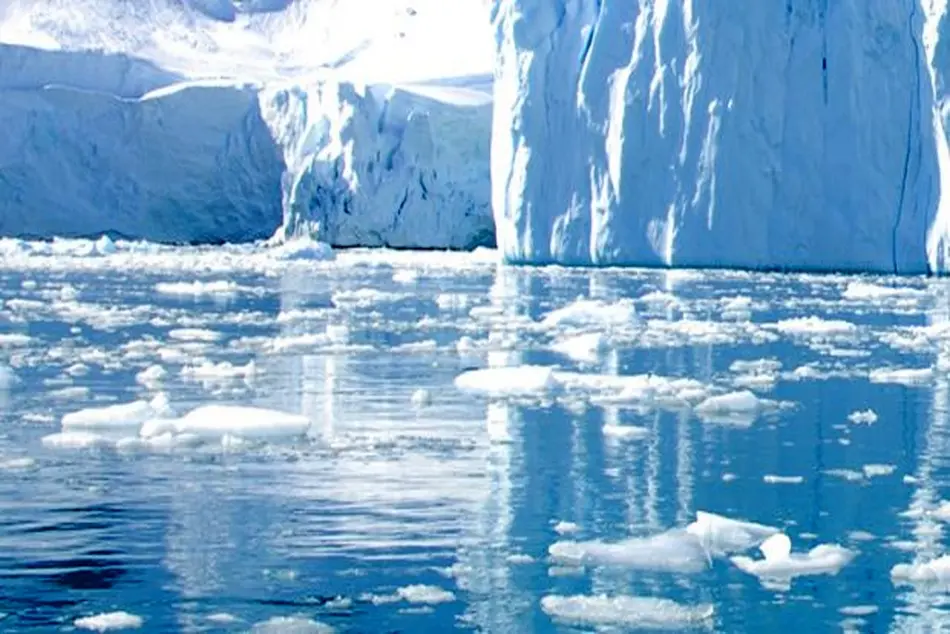Arctic ice melting to cause trillion-dollar damage

TIN news: The warming of the Arctic, marked by record-setting temperatures in recent years, is leading to continued or accelerating losses in sea ice and snow, melting of glaciers and ice sheets, freshening and warming of the Arctic Ocean, thawing of permafrost, and ecological shifts. According to a new study conducted by the Arctic Council’s Arctic Monitoring and Assessment Programme (AMAP), if the warming of the Arctic continues at the same pace, the ice melt could cost the world trillions of dollars by 2100, along with profound impacts on human health and safety.
However, the scientists contributed to the new assessment, argue the situation could show signs of improvement with the implementation of the 2015 Paris Agreement.
Specifically, the report found that the Arctic was warmer from 2011 to 2015 than at any time in the period of instrumental records beginning around 1900 in the Arctic, and the Arctic has been warming more than twice as rapidly as the world as a whole for the past 50 years.
A record low minimum in sea ice extent occurred in 2012, and a record low maximum sea ice extent occurred in 2016. New observations from March 2017 show the lowest extent ever for this month since the start of satellite observation. Most sea ice in the Arctic is now “first year” ice that grows in autumn and winter but melts during the spring and summer. The area covered by snow during the month of June in the North American and Eurasian Arctic is now typically about half that observed before 2000
The report highlights that, in order to limit future damages, the world will need to make substantial near-term cuts in greenhouse gas emissions, greater than those currently planned by parties to the United Nations Framework Convention on Climate Change. Achieving the targets of the Paris Agreement would cause Arctic temperatures to stabilize—at a higher level than today—in the latter half of this century, and would avoid more than 20 centimeters of additional global sea level rise compared with what would occur under a business-as-usual scenario.
John Walsh, contributing author of the report and a chief scientist at the International Arctic Research Center at the University of Alaska, comments in the following video that the key message is “that over the timescale of the next 50 to 100 years, human actions can make a difference in the trajectory of the Arctic climate system.”